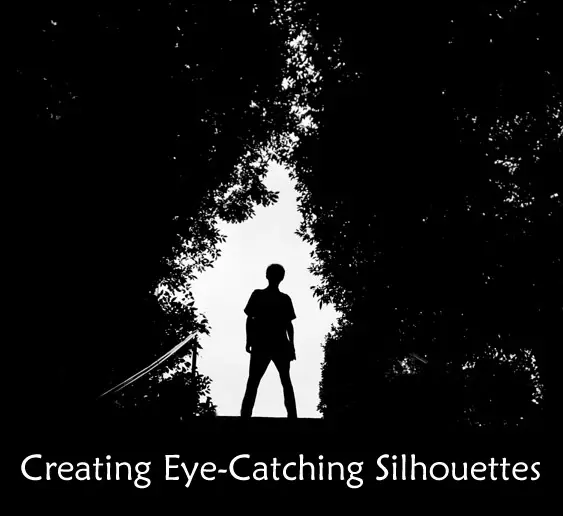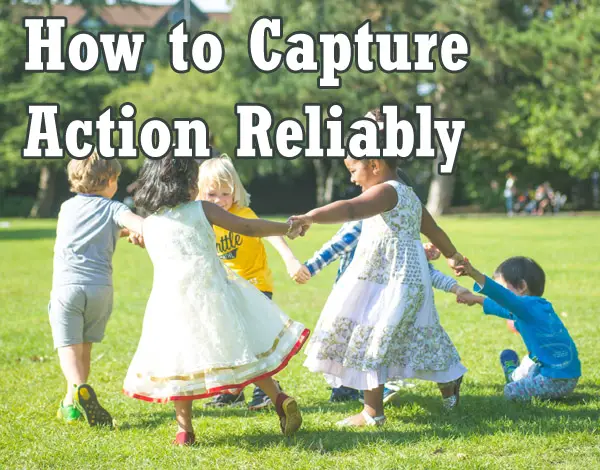One thing you can count on during the Spring and Summer months in southern California is the marine layer: a cool, foggy layer of air blown ashore each evening that doesn’t burn off until around noon. Every morning starts out cool and overcast. Overcast conditions aren’t typically what photographers talk about when they discuss beautiful light. The “golden hour” (dawn and dusk) is only golden if you can see the sun. But overcast conditions have their advantages as well and you can still take great photographs under a gray sky as long as you choose your subjects carefully.
Tag: techniques
How to photograph a child on a swing
Attempting to shoot a swinging child can be a frustrating experience. As shot after blurry shot fills your memory card you start to lose hope that you’ll ever get one in focus. Here are a few tips to help you photograph this difficult but rewarding subject.
Capturing motion with panning
Photographs have always fascinated people with their ability to capture a fleeting moment, to freeze it and preserve it, in a very tangible way, forever. It’s an extremely powerful form of expression. But, through the use of creative exposures, a photograph can do much more than document the world and people around us. Photographs can record emotions, feelings, movement and pass those on to anyone who views them. One way of doing this is through the use of a technique called “panning.”
Zooming with your feet vs zooming with your lens
Conventional wisdom says that prime (non-zoom) lenses are the highest quality lenses money can buy. But that wisdom is being challenged by high quality zoom lenses that match or even rival the sharpness and contrast of the best primes. Make no mistake, the best zoom lenses aren’t cheap or small. But the convenience afforded by a zoom lens, even an inexpensive one, to crop with a twist of the wrist or the touch of a button is hard to resist.
The ubiquity of the zoom on compact cameras and as part of SLR kits may have led some to believe that zooming in on a subject is the same as getting physically closer. But there is a big difference between zooming with your lens and “zooming” with your feet.
… Continue reading Zooming with your feet vs zooming with your lens
How do you get good portrait lighting indoors?
Lighting is obviously an essential element of photography. Making photos, after all, is about catching those stray photons that bounce off of the world in a creative way.
Getting good lighting can be tough in any situation but indoor lighting can be especially tricky. Normal indoor light levels are fine for eyeballs but are usually pretty low for a camera. So what’s an indoor shutterbug to do?
… Continue reading How do you get good portrait lighting indoors?
Techniques for Creating Eye-Catching Silhouettes
Imagine standing before a canvas of sky, your camera in hand as the sun dips below the horizon. That’s where my journey with silhouette photography began.

I learned early on that these shots are more than just pictures; they’re stories waiting to be told. They convey drama and emotion through stark contrast and simplicity.
In this piece, you’ll learn how to harness light sources like that dipping sun, tweak your camera settings for those crisp silhouetted subjects against bright backgrounds, and tap into post-processing tricks to polish off each shot. By the end, capturing gorgeous silhouette portraits or creative landscape outlines will seem less like luck—and more like second nature.
… Continue reading Techniques for Creating Eye-Catching Silhouettes
How to Capture Action Reliably and with Style
If you’re anything like me, you’ll be spending holidays with family and friends, eating, laughing, and, of course, making lots and lots of photographs. At our annual holiday gatherings there are an abundance of children.

And children make great subjects for photography except for one problem: they don’t sit still. A moving target is one of the most difficult things to photograph. Read on for some tips that should help make things a little easier.
… Continue reading How to Capture Action Reliably and with Style
Creating trails of light with a long exposure
Have you ever seen photographs of vehicle lights on the freeway or abstract images of beams of light? They’re both examples of what is called a “long exposure.” That is, a photograph with a slow (long) shutter speed. You just need two things to make these kinds of photographs:
- a camera that allows you to manually set the shutter speed (called “Shutter Priority” mode, it is sometimes noted on cameras with the symbol “Tv”) and that allows shutter speeds longer than 1 second.
- a stable platform to hold the camera steady
… Continue reading Creating trails of light with a long exposure
Using fill flash to enhance natural lighting
Many people avoid flash photography because of the unnatural and unflattering look it can create. The problem comes from several factors which I’ll talk about in more detail in future articles. For now, I want to talk about a way to use your flash that can not only enhance the natural beauty of a scene, but no one will even be able to tell that a flash was used.
… Continue reading Using fill flash to enhance natural lighting
to start
making profit!








